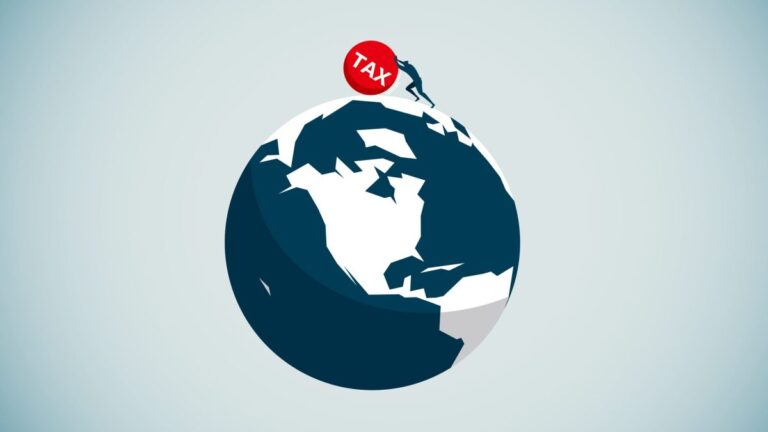Axis Bank is “not interested” in being the third-largest private bank and wants to rank up further, said MD & CEO Amitabh Chaudhry. The lender is aiming to add 400-500 branches each year, grow presence in under-penetrated areas, and is striving to improve the quality of the bank’s franchise. In a candid interaction, Chaudhry shares business guidance for FY26, areas of focus as bank chief and clarifies on rumours of senior employees exiting the bank. Edited excerpts:
How do you plan to increase your market share?
We maintain our stance of growing 300-400 (basis points) bps faster than the industry in medium-long term. There are years when growth may be similar or lesser, but we are confident of delivering this growth in the long term. We have been adding 400-500 branches each year and intend to keep doing that. e intend to increase our presence in cities where we are under-represented. I only have 5 per cent share in deposits and around 6 per cent in advances, so we have huge opportunity to grow. India is growing, we are expanding our branch network and we are trying very hard to grow the quality of our franchise. If we can deliver on some of these aspirations, our balance sheet will surely grow.
Kotak Bank MD said they want to become the 3rd largest private bank by 2030. Will you hold on to your position?
When I joined six years back, I said we want to move upwards from the 3rd position. While that hasn’t happened yet, we have moved our rank for several of our priority businesses. It is only fair that he has made that statement. I am sure they have ambitions too. In my case, I am not interested in being at number 3. We also want to move up.
Will you choose inorganic growth to scale up?
We cannot base our strategy on inorganic growth. We can’t say we will move up to a certain position only when we buy some other franchise. While we are not actively looking for inorganic growth, if any right opportunity comes through, we will surely look at it.
Why was Q4FY25 PAT flat?
If you look at the last two fiscals, net interest margins (NIM) have remained in the same zone for us and the banking system. There was an 8-10 bps differential on account of higher cost of funds and lower yields. In terms of fees, we are one of the highest ‘fees to assets’ banks. Banks have broadly kept growth in expenses under control. For example, recent reports suggest how banks have not increased their staff strength last fiscal. With retail cycle underway, the credit costs have risen on retail loans and remained benign on corporate. Retail credit cost picked up on account of unsecured loans and micro loans. And because there are inter-linkages, if you default on one loan then the other loans, including secured, are also put under the NPA category.
In spite of these factors our profits have grown, but obviously not to the extent we would have liked it to, with retail credit costs being much higher than what we had expected going into the financial year. Secondly, when you compare year-on-year performance, the big difference for us was in Q4FY24 we had huge trading gains, which aren’t there in Q4FY25.
Your earnings guidance for FY26?
There are clear signs of 2-3 more repo rate cuts over the next 9 months or so. And we have to pass on the reduction in interest rates to the end customer, and that can only be compensated by lowering cost of funds, else NIMs will get impacted. The RBI has also issued amendments to the LCR framework but it’s effective April 2026. The story on NIM will play out over a period of time.
On the fees side, we have a greater opportunity and will continue to push for more, but in terms of fees to assets we are already one of the best banks, so there is only that much we can do. On the cost side, we will continue to explore ways to become more efficient. Credit cost is stabilising, but not fully there yet. We have taken a conservative stance in a couple of areas, and you might see higher credit cost in Q1FY26, which will eventually start moderating. Obviously growth in profitability also has to come from higher growth. Instead of 10 per cent, if we grow at 15 per cent, our profit numbers will rise. So how much growth can be delivered, which is linked to the deposit, has to be explored. There are other variables at play, including credit demand and deposit growth rate.
What is the target on loan, deposit growth for FY26?
We don’t give guidance on credit and deposit growth but I can talk generally. Very clearly, the new RBI Governor has made statements, couple of times categorically, that the RBI will ensure durable liquidity in the system. And action speaks for itself. Since the new governor has come, liquidity has improved in the system and interest rates are coming down. Market has started believing that liquidity is here to stay. As liquidity surplus remains, deposit growth which was predicted to be in the range of 10-11 per cent earlier, could grow at a slightly higher pace.
My view is credit growth should follow suit. Has the private capex picked up? Not to that extent. On the retail side one has to be cautious because of excess leveraging and you have seen retail credit losses rise. Despite all the volatility and action happening at the global level, India-Pakistan emerging tension etc, if India delivers 6.5-7 per cent growth, to support this we will need to have decent credit growth. Whether credit growth is at 11 per cent or 12-13 per cent it has to be seen over this year.
What are some of the areas of worry for you as bank’s chief?
We need to continue to enhance our deposit franchise, so that it can deliver a certain amount of growth year-on-year. I know there is a lot of work to be done to upgrade the franchise as well. We need to ask ourselves some critical questions – do we have the right corporate salary franchise; premium customers and wallet share of those customers; are we the primary or secondary bank; is our deposit gathering platform at a bank level superior and operating in a way and at a cost which is best in class?
Second, given that we are going through a credit cycle, we want this cycle to stabilise and move in the right direction. Third, operating risk due to higher inter-linkages is also rising. A combination of efforts on fraud prevention, cybersecurity, technology infrastructure and upgradation, if not done properly, could increase operating risk. Fourth, we have to always ensure best in class compliance and governance standards. More importantly, even the regulators should be able to see the intent and movement of Axis bank in this regard.
Could you clarify on rumours of senior employees being fired?
During the appraisal cycle, we do provide feedback to all employees including the ones who have not been able to pull their weight. As part of that process, we do have conversations with our employees who have stagnated, not performed well, and we discuss the way forward. That’s a normal process followed by every company. In fact, we keep having these conversations/feedback mechanisms throughout the year.
If someone is not performing, we discuss with them at various points in time that their performance is unsatisfactory. It all happens as per the due process. In some cases, they realise they are not doing well and resign on their own. In few other cases, they are given the hint that we are checking on their performance for some time and not seeing any positive change.















